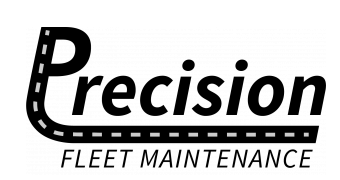Regeneration is a process used to clear carbon (C) buildup from your truck's DPF catalyst. DPF regeneration in progress happens automatically, frequently without the driver being aware of it. The technique is typically carried out when the engine and exhaust system have reached normal operating temperature and the speed of the vehicle is greater than 40 mph.
What are the signs that indicate an after treatment forced regeneration is needed?
The DPF regeneration symbol, an orange light that flashes rapidly, indicates whether a burn or regeneration is required and /or overdue. It indicates whether the filter is becoming loaded. The truck knows this because it measures the pressure drop across the DPF.
Forced regeneration is performed with a diagnostic scan tool to start the regeneration process. The soot levels or buildup that are accumulated in the ECM are overridden by the forced regeneration. The DPF soot load may be too high to allow for passive and active regeneration, which would mean performing a forced regeneration is needed. A forced regeneration is the highest level of regeneration processes and you will need a special diagnostic tool to start this process.
What happens when DPF is not well maintained?
If the DPF is not regularly cleaned out, the backpressure may build up to the point where it effectively chokes the engine exhaust. A blocked DPF can cause: loss of power, reduced fuel economy, poor throttle response or worst, failure of the engine or aftertreatment device.

If ever you encounter these kinds of problems with your truck, we at Precision Fleet Maintenance are happy to provide you with our services 24/7, Give us a call at (845) 519-8488 or fill out the the Emergency Request Form.
Services
Locations
60 N Harrison Ave Suite 33,
Congers, NY 10920
74 Lafayette Ave Suite 202-583, Suffern, NY 10901


